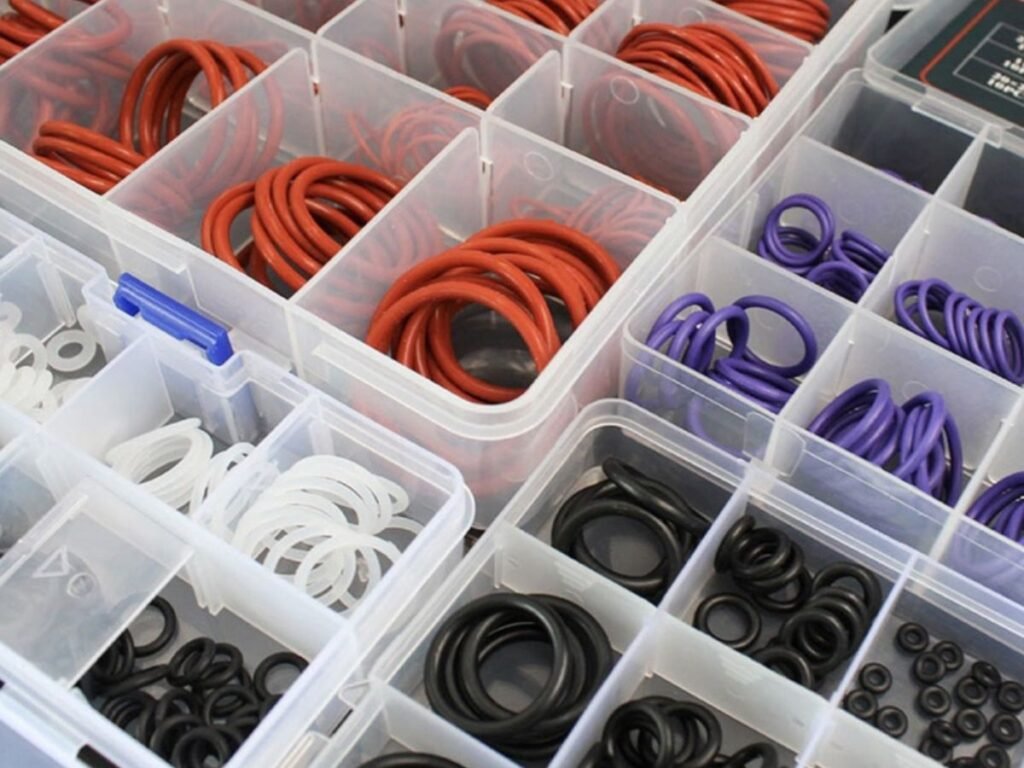
A precise tool and careful handling are necessary to remove O-rings without doing any damage to adjacent surfaces. To start, make sure the space is tidy and devoid of any foreign objects to avoid scratches. With extreme caution, carefully remove the O-ring from its groove using a specialised instrument such as a hook or pick. For this purpose, the Taylor o-ring removal tool 048260 was created especially, providing a quick, safe, and damage-free method of removing O-rings with no damaging the surface. Because of its ergonomic shape, which makes handling it simple, you may finish the task efficiently and swiftly while maintaining the instrument’s soundness.
Employ a Hook Tool
Applying a hook tool is one of the most effective ways to eliminate O-rings. The twisted end of these specialised tools is designed to make it simple to slide under the O-ring and remove it from its groove. Applying light pressure while using a hook tool is essential to avoid scratching or damaging the nearby surfaces by not going too far into the grooves.
Use Lubricant
Applying a tiny amount of lubricant, like silicone oil, can assist loosen an O-ring before trying to remove it. This is particularly useful if the O-ring is hardened from repeated use or becomes trapped. Lubrication protects the surface and the O-ring by lowering friction and facilitating a much faster removal operation.
Employ a Plastic Pry Bar
Surface scratches can occasionally be caused by metal tools, particularly when the O-ring’s underlying material is brittle. Use plastic pry tools made especially for replacing O-rings to prevent this. Although they are kinder to appear, plastic instruments can nevertheless exert sufficient force to extract the O-ring.
Get the O-Ring Warm
The process of warming the O-ring gently using a hairdryer or heat gun might loosen the subject matter if it has hardened from prolonged use or severe conditions. Because of this, it is simpler to stretch and remove the O-ring without using excessive force that can harm nearby surfaces.
Employ Compressed Air
The use of compressed air can be useful when dealing with an O-ring in a small or confined area. Use a targeted burst of compressed air to gently remove the O-ring from its groove. By using this procedure, there is less chance of damaging the surrounding surfaces when handling the O-ring with equipment.
Utilise a Boring Knife
In sensitive programs, when it’s important to prevent surface damage, a dull knife can be an excellent substitute. Gently remove the O-ring out of the grooves by sliding the dull edge under it with care. Relative to sharp equipment, a dull knife is less prone to scrape surfaces.
Utilise Nose-Nose Pliers
For removing O-rings, needle-nose pliers can be a great tool, particularly if you need additional grip. But it’s crucial to use them sparingly. Avoid pressing the pliers into the surrounding material as you carefully grasp the O-ring and remove it from its groove. An even better choice for avoiding harm to the surface is pliers with needle noses and a rubber coating.
Slice Off the O-Ring (If Required)
Breaking the O-ring is the simplest way to remove it in certain situations, particularly if it is damaged beyond repair or needs to be replaced. Make sure you only cut the O-ring and not the surrounding surfaces when using a small, sharp razor to cut through it.
Employ a Pick Tool
For precise work, select tools are a great choice, especially those made for removing O rings. These tools make it simple to raise the O-ring out of its groove and get into awkward locations. They are available in a variety of forms, such as straight and curved choices, so you may select the ideal tool for the task depending on the application in question.
Make Use of a Magnetic Instrument
When dealing with metal O-rings or those surrounded by metal, a magnetic tool can occasionally assist in removing the O-ring with minimal manual effort. By minimising the need for mechanical tools, using an attraction lowers the possibility of damaging the surface or groove where the O-ring is installed.
Final Words:
The correct equipment, methods, and perseverance are needed to remove O-rings without triggering any damage to surfaces. Applying these techniques will help you do tasks safely and effectively, whether you’re dealing with equipment at home, in an auto repair shop, or in a business environment. Visit wordiply.us for more interesting articles.
